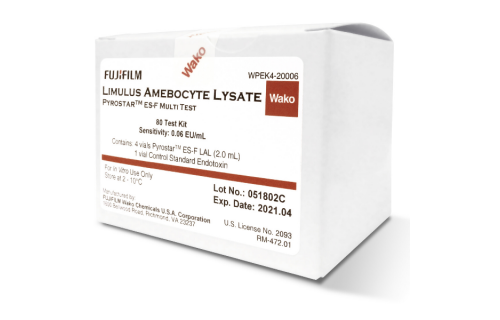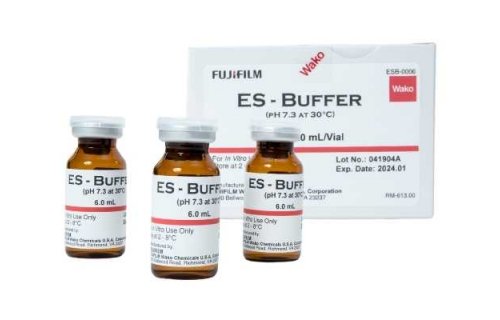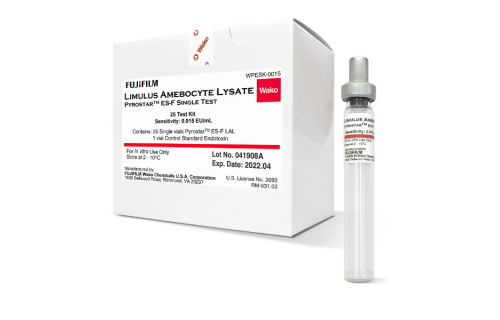Traditional LAL Assays vs. rFC Assays
Since its beginnings in the 1960s, the Limulus amebocyte lysate (LAL) assay has been the gold standard for endotoxin testing. However, in recent years a competitor has emerged: the recombinant Factor C (rFC) assay. What is the difference between these two techniques, and which option is best for your application?
Overview of LAL and rFC Assays
Both the LAL and rFC assays are designed to quantify endotoxin, a lipopolysaccharide molecule found in the outer cell wall of Gram-negative bacteria. Endotoxin can induce potentially dangerous immune reactions even at miniscule concentrations, so it is crucial that drugs and medical devices are rigorously tested for endotoxin contamination.
The LAL assay utilizes several enzymes present in the blood of horseshoe crabs. In the presence of endotoxin, enzymes called Factors B and C are activated, which in turn activate the proclotting enzyme. The proclotting enzyme causes rapid coagulation in the presence of endotoxin, and the resulting solution’s color or turbidity can be quantified to yield a highly accurate and sensitive measure of endotoxin levels.
The rFC assay utilizes a simpler cascade. Rather than including all components of the horseshoe crab clotting cascade, as is the case with traditional LAL, the rFC includes only the single enzyme: Factor C. Factor C activates a small fluorescent peptide as a readout for the assay.
Pros and Cons of the LAL and RFC Assays
LAL has been a popular choice for endotoxin testing due to its quick turnaround time, low cost, and high sensitivity. However, the LAL assay can yield false positive results in the presence of beta-glucans via activation of Factor G. The assay is also sensitive to sample impurities or changes in pH or temperature.
In contrast, the rFC assay utilizes only a single recombinant protein, which provides a high degree of purity and reduced lot-to-lot variation. It is also impervious to false positives caused by beta-glucans. Recent studies have found that the rFC assay delivers comparable results to the LAL assay in terms of accuracy and sensitivity. Additionally, rFC provides an animal-free alternative to the LAL.
Despite the advantages of the rFC assay, it lacks worldwide acceptance as a reliable endotoxin testing method, and LAL remains the gold standard in many industries. This is due in part to the LAL assay’s extensive history over the past several decades. Additionally, the limitations of the LAL assay can be largely avoided by utilizing specialized buffers or endotoxin-specific lysates which eliminate beta-glucan interference and other sources of assay variability.
Which assay is best for endotoxin detection?
Though the FDA has approved a small number of drugs based on rFC testing, the LAL assay remains the standard benchmark for evaluating endotoxin contamination, so it may be the better option for companies seeking FDA approval of their product. In contrast, for situations where customers are seeking an animal-free option, the rFC assay may be best suited to your needs.






